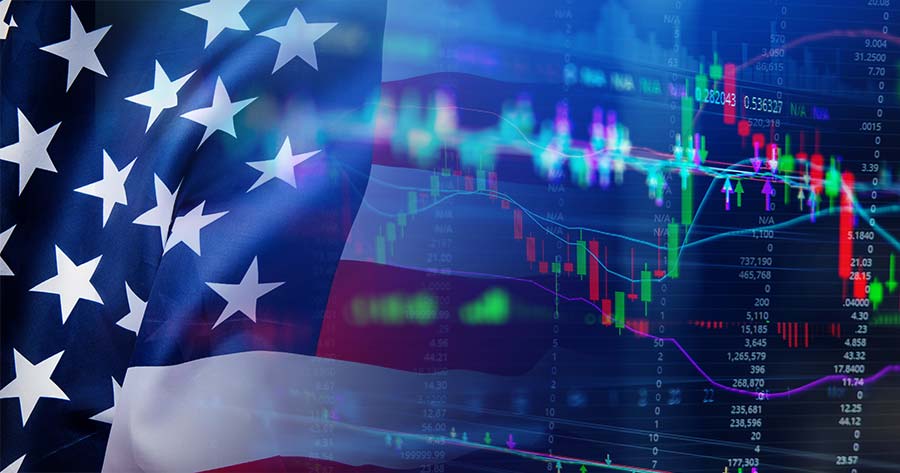Goldman Sachs has forecast a 3.1% annualized GDP growth rate for the US economic expansions in a recent report for the first quarter of this year, surpassing the consensus by 0.6 percentage points and the Atlanta Fed GDPNow model by 0.2 percentage points. However, this projection signifies a slowdown from the 4.1% pace seen in the latter half of the previous year.
The above-consensus prediction by Goldman Sachs is attributed to four main factors. First, a significant increase in residential investment, with Goldman Sachs projecting a 13% quarter-on-quarter annualized growth, slightly higher than GDPNow’s estimate of 12%. This growth is linked to boosted sales and construction activity due to lower mortgage rates. Secondly, there has been a rebound in auto production, surpassing pre-pandemic levels, contributing around 0.2 percentage points to Q1 GDP growth through increased inventories.
Thirdly, there has been a resurgence in manufacturing activity, which is expected to enhance equipment and structures capital expenditures, compared to the monthly source data. Lastly, there is another quarter of robust consumption growth, partly influenced by substantial upward revisions in the March retail sales report that were not fully accounted for by the consensus. However, Goldman Sachs anticipates a 3.3% personal consumption growth rate, slightly lower than GDPNow’s estimate, mainly due to indications of a slower pace of services consumption from the Affinity credit card panel.
Looking ahead, Goldman Sachs foresees a moderation in GDP growth to a still-positive 2.4% annualized rate in Q2 and an average of 2.5% in the second half of the year. This projection considers the persistent impact of heightened immigration, sustained strength in real personal incomes, and a moderate boost from favorable financial conditions.





